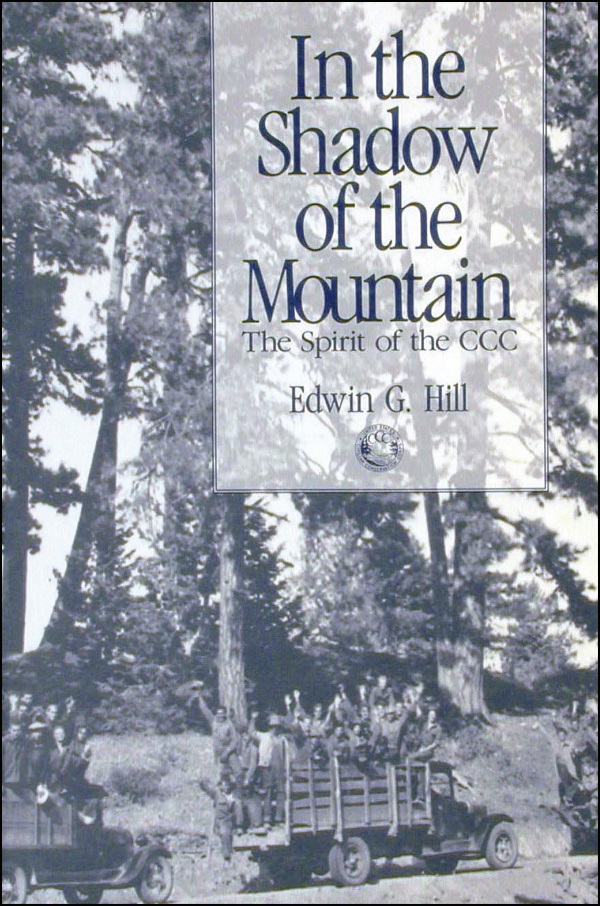Description
On March 21, 1933, with the nation in darkest despair because of the Great Depression, President Franklin D. Roosevelt asked Congress “to create a civilian conservation corps to be use in…forestry, the prevention of soil erosion, flood control and similar projects.”
Thus, just seventeen days after taking office, Roosevelt’s New Deal launched the mobilization of the largest peacetime labor army in American history—helping to save not only the nation’s long-neglected natural resources, but also its vastly underemployed youth.
In the Shadow of the Mountain recounts the story of Edwin G. Hill, a typical recruit who spent “the most rewarding years” of his life in the Civilian Conservation Corps—the “We can take it” boys. Hill was enrolled for a year at Camp Hard Labor Creek in Georgia and for two years in Washington in the great “shadow” of Mt. Adams and Mt. St. Helens. He recounts how recruits gained hope where there was none before, learned skills for lifelong occupations, received education, laughed and roughhoused, met and married local girls. Answering their nation’s call during World War II, nearly 3,000,000 CCC men, accustomed to barracks life and toughened by outdoor work, made substantial contributions to America’s ultimate victory.
“More than anyone who has written about the CCC from personal experience, Hill, as his subtitle promises, seems to have recaptured something of that organization’s spirit.”—Pacific Northwest Quarterly
“Well-chosen photos, maps, camp songs, and regulations add valuable dimensions to this sprightly written account.”—Journal of the West
“Well organized and historically accurate…a good review of the benefits the CCC provided to its participants.”—Columbia Magazine
Illustrations / photographs / maps / bibliography / index / 208 pages (1990)











